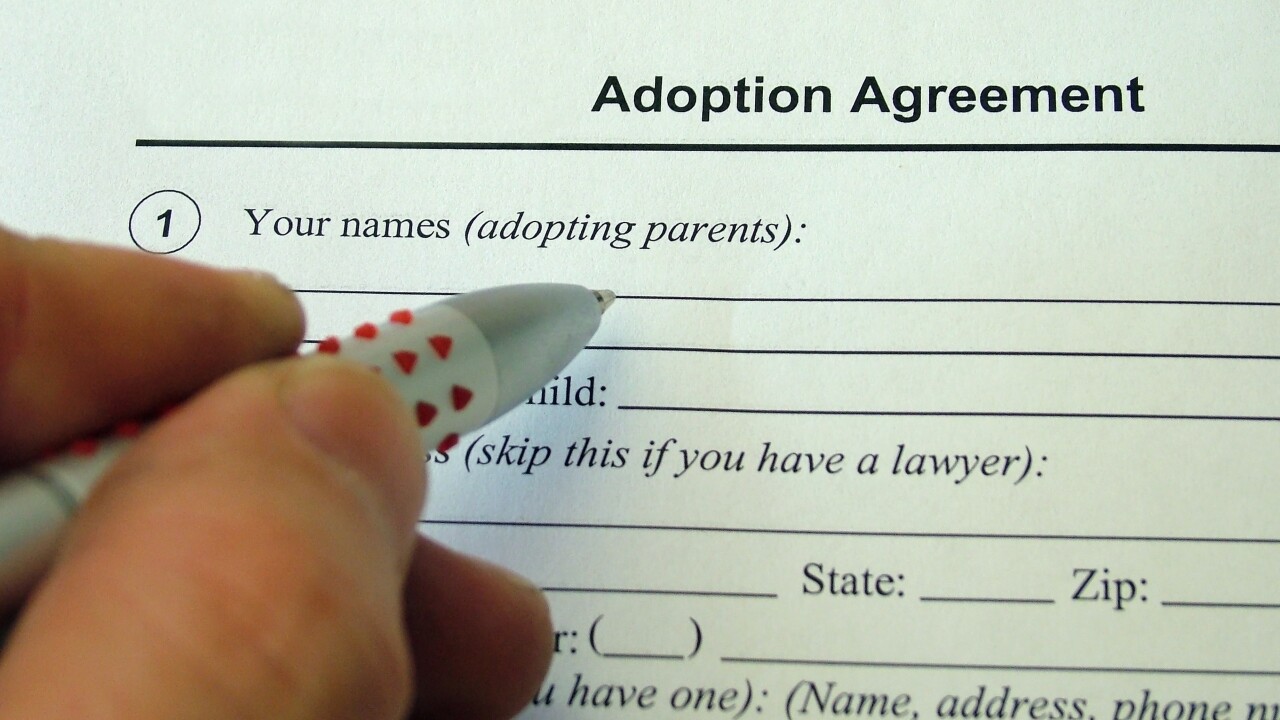IMGCAP(1)]Accountability is one of the leading issues in the accounting profession today.
There have been many explanations as to why there is a lack of accountability: generational gaps, helicopter parenting, lack of drive and a whole host of other reasons.
However, these explanations do little to help provide viable solutions as to why firms are having accountability issues or how to create accountability within your firm. Here is a little exercise. Take out a piece of paper and write out everything for which you expect your partners and employees to be accountable. Now ask yourself, “Do I do all of these things consistently?” Ask the same questions again about all of your partners. If you answered “no” to one or several of the items you listed, then you are on your way to discovering why issues are occurring in your firm and the beginning of a solution. Leaders in the firm must model it!
Modeling is a primary way people learn. Think of a child learning to talk. When teaching a child to say the word “raft” we start out with the “r” sound, we make the sounds, and have the child repeat what they have heard while having them look at our mouth and copy the shape.
We then move on to the A-F-T, doing the same thing and then have the child put it all together. As adults we continue to learn in this manner; we watch and repeat what we see. And who do employees watch? The leadership of the firm. If the leadership of the firm is setting a poor example of what they want out of their employees, then no matter how many times they say, “I want you to…” they are only going to get what they themselves do.
The leadership of the firm must also be the leaders in the firm. Leaders must model the behaviors expected from their employees and professionals. It is the managing partner’s job to make sure the leadership’s behavior and the firm’s message to its professionals and employees is consistent with the mission and vision of the firm.
To accomplish this, the firm must agree on what behaviors are expected, and therefore modeled from the leadership of the firm. In his book “Managing The Professional Service Firm,” David Maister lists the six categories for which all partners should be held accountable:
1. Profitability of the work supervised
2. Client satisfaction on work supervised
3. Coaching on supervised work
4. Contributions to practice development
5. Contributions to the success of others
6. Personal growth
A list of behaviors or results should be defined for each of the six categories. For example, in category 4 you may have business development goals for both new client revenue and cross-serving revenue (results), as well as an expected number of association meetings and community outings (behavior). Once you have a list of behaviors and results for each of the six categories that the firm feels are critical for success, each partner will sign a commitment statement saying that they will consistently model the list. Gregg Lederman, author of “Brand Integrity,” calls consistently modeling the defined behaviors of a firm “living the brand.”
Firms that have leadership who are living the brand, have a firm culture of “do what I do” and outgrow firms with a culture of “do what I say but not what I do.” Having a defined list of behaviors or results allows a firm to hold its leadership accountable for what’s expected from them as leaders. It opens the opportunity for goal setting and performance feedback, which will improve performance and further develop a “do what I do” culture. Once the leadership of the firm is modeling the behaviors the firm expects, the professionals and employees will follow suit.
Developing this type of culture will also allow the leadership of the firm to hold its employees and professionals accountable for the same standards to which they hold themselves. Creating a culture of accountability will make your firm stronger and it all starts with the leadership. So leaders, get out there and model it!
Bryan Shelton M.S., is a consultant with The Rainmaker Consulting Group.





